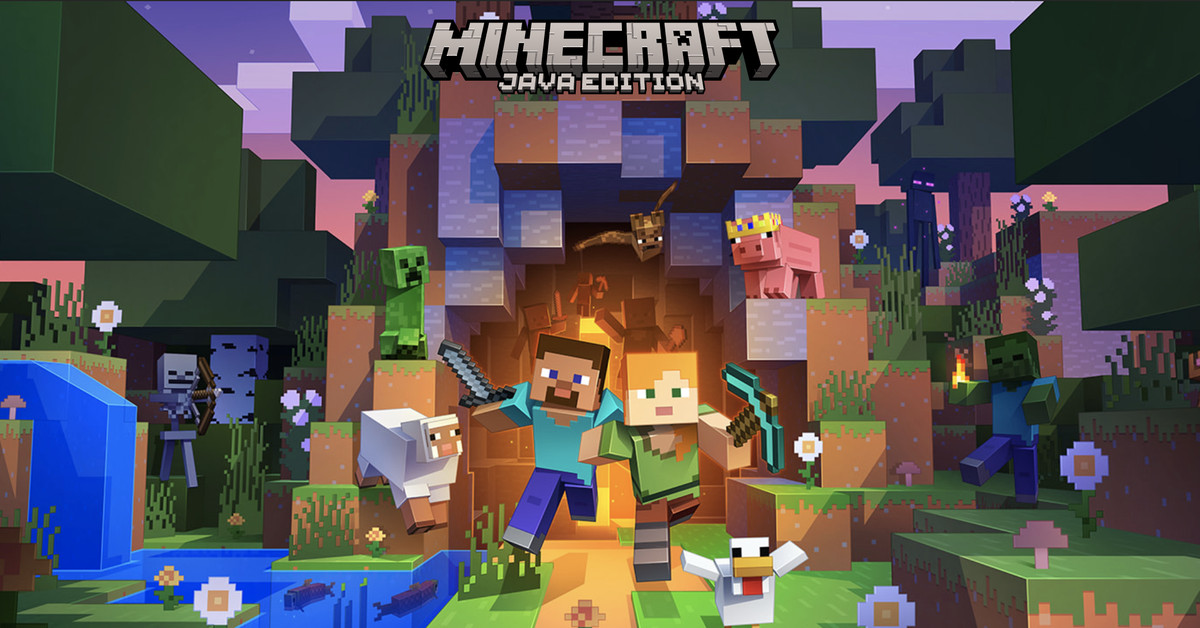
We are excited to bring Transform 2022 back in-person July 19 and virtually July 20 – 28. Join AI and data leaders for insightful talks and exciting networking opportunities. Register today!
Digital marketing in 2022 is all about searching for that target market online that a business has not been able to reach before. It’s the endless pursuit of trying to find a new, untapped source of revenue.
Just about every demographic is on the internet. Therefore, it’s a matter of finding them and getting them to your site, right?
For most people, maybe, but when it comes to people with disabilities — an untapped demographic for almost every company — it is far more complicated. And it all stems from the fact that the ability of people with disabilities to navigate and use the internet has historically been an afterthought.
When I say “afterthought,” I don’t mean that in a metaphorical “people with disabilities feel slighted because of the internet’s limitations” way. I mean that in a literal sense. By the time the diversity, equity and inclusion (DEI) discussion started to really take hold, the internet as we know it today had already been created, and it kept growing faster and faster. Each day we have 500,000 new websites coming online with no end in sight.
The need for more inclusive websites
It took lawsuits and regulations for companies to understand the need to create more inclusive websites. Conversations used phrases like “After researching compliance guidelines we are required to…”, “We need to create a workaround for…” and, “It’s not ideal, but….”
Slowly though, companies began to realize that, despite the limitations that today’s iteration of the internet has, making an effort to reach the one-fourth of the US population living with a disability is worth it.
Why? People with disabilities represent a massively underutilized segment. They make up a disposable income spending power of $1.28 trillion. More importantly, it’s a segment of the population that is likely to purchase products online and is more loyal to companies that make them feel seen.
However, this is only if they can access a website. A study found that more than seven out of 10 web users with disabilities will not tolerate non-accessible websites. Instead, they’ll leave a website in search of one that’s more user-friendly. They’ll also remember a company as one of the few that have an accessible website and will continue to return to that website.
As someone with a spinal cord injury that paralyzed me below my shoulders as a teenager, I rely on my mouth-controlled mouse cursor and onscreen keyboard to navigate a webpage and use voice dictation software to fill out website forms with my personal information. I can’t effectively describe the frustration of not being able to fill out a form with your name and credit card information using your voice dictation software — or being blocked from accessing a website menu or dropdown because you rely on a keyboard to tab through a website.
People think of the internet as this endless universe of pages, but it isn’t like that when you have a limiting disability. Only 3% of websites on the internet meet accessibility guidelines.
Although a low number, it is an increase from last year’s 2% of accessible websites.
Web accessibility is not as complex and costly as it used to be thanks to new approaches to addressing the accessibility and usability for people with disabilities.
Web2 vs. the new Web3
More options, brilliant minds and awareness are needed to proactively address the many problems of Web2, aka the internet we have today. I’m not saying that we shouldn’t be happy that there seems to be momentum to improve the situation, but there are not enough web consultants and specialists to manually change the code of hundreds of millions of websites and the hundreds of thousands created every day.
The problems that we are battling to make the internet more accessible were caused when Web2 “launched,” and we have had to play catch up ever since. Therefore, it makes sense that the next real opportunity to make the changes needed is going to be with Web3.
If you are unfamiliar with what Web3 is, it is an idea for a new iteration of the World Wide Web based on blockchain technology. This new iteration would be far less at the mercy of tech giants like Google or Amazon Web Services, and while the motives and theories of what it would mean are all far too complicated to discuss here, what it really represents in the context of this conversation is a fresh start.
Inviting people with disabilities to the table
Web3 must be available to everyone, no matter a person’s standing, abilities or disabilities. Adding AI to web accessibility solutions gives a choice to people with epilepsy, ADHD, cognitive disabilities, motor disabilities, blind/low vision — really any visitor that wants to have a customized experience. Having the option to select disability profiles, content, orientation and color adjustments needs to be the norm.
No one knows what the disability community needs in a website better than the people in it. But we will not be able to explain our needs and ensure they are met in Web3 unless we have a seat at the table from the beginning.
We weren’t given one 20 years ago as Web2 was being orchestrated, and have spent every day since then trying to make the best of a bad situation.
The disability community — and those trying to reach both us and our dollars — can’t let that happen again.
Josh Basile is a lawyer, C4-5 quadriplegic and community relations manager at accessiBe.


/cdn.vox-cdn.com/uploads/chorus_asset/file/25547838/YAKZA_3840_2160_A_Elogo.jpg)

/cdn.vox-cdn.com/uploads/chorus_asset/file/25547226/1242875577.jpg)
/cdn.vox-cdn.com/uploads/chorus_asset/file/25546751/ES601_WEBR_GalleryImages_KitchenCounterLineUp_2048x2048.jpg)
